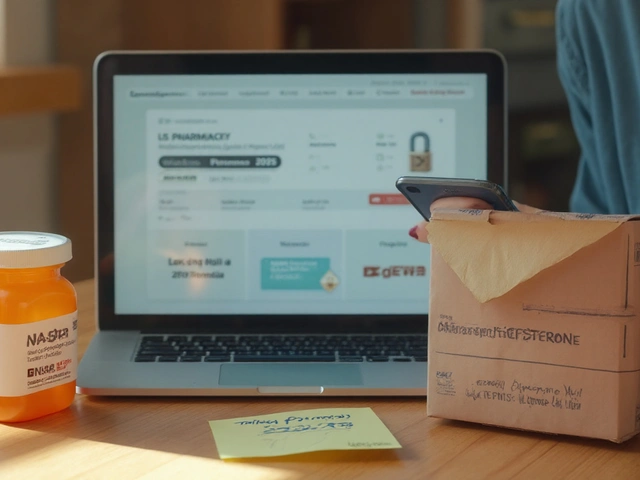Cheap Furosemide: How to Get the Diuretic You Need for Less
If you rely on furosemide (Lasix) to control fluid buildup, the price tag can sting. The good news? There are proven ways to snag a low‑cost version without compromising safety. Below we break down where to look, what to check, and how to keep your budget happy.
Where to Find Legit Low‑Cost Furosemide
The first step is spotting reputable online pharmacies. Look for sites that require a valid prescription, display a licensed pharmacist’s contact info, and are certified by the National Association of Boards of Pharmacy (NABP). Cheap doesn’t mean shady—many US‑based pharmacies offer generic furosemide for $5–$10 a 40 mg tablet when you buy in bulk.
If you’re outside the U.S., check local regulatory bodies. In the UK, the General Pharmaceutical Council (GPhC) lists approved online retailers. Prices there hover around £4 per pack of 30 tablets for the generic version.
Tips to Cut Costs Without Cutting Corners
1️⃣ Buy larger supplies. A 90‑day supply typically drops the per‑tablet price by 15‑20% compared with a 30‑day fill. Make sure your insurance or doctor’s plan allows a longer prescription.
2️⃣ Use discount coupons. Many pharmacy websites publish printable coupons or promo codes that shave $1–$3 off each order. Sign up for their newsletters to stay in the loop.
3️⃣ Compare price‑checking tools. Websites like GoodRx, Blink Health, and PharmacyChecker aggregate pricing data across dozens of pharmacies. A quick search can reveal a $2 difference per tablet.
4️⃣ Ask your doctor about alternative dosing. Sometimes a lower dose or a different diuretic works just as well, letting you stretch each prescription farther.
5️⃣ Check for manufacturer assistance. Though furosemide is generic, some manufacturers still run patient‑assistance programs that cover part of the cost for eligible patients.
Remember, never buy from a site that sells furosemite without a prescription or offers “no‑Rx needed” deals. Counterfeit pills can be ineffective or dangerous.
When you place an order, double‑check the medication’s strength (usually 20 mg or 40 mg tablets) and the expiration date. Store the pills in a cool, dry place to keep them stable.
Finally, keep track of your doses. Furosemide can cause low potassium, so regular blood work is key. If you notice dizziness or muscle cramps, talk to your doctor before making any changes.
By using these strategies—choosing vetted pharmacies, leveraging coupons, and comparing prices—you’ll pay far less for the diuretic that helps you stay fluid‑free. Save money without risking health, and keep those swelling ankles in check.





